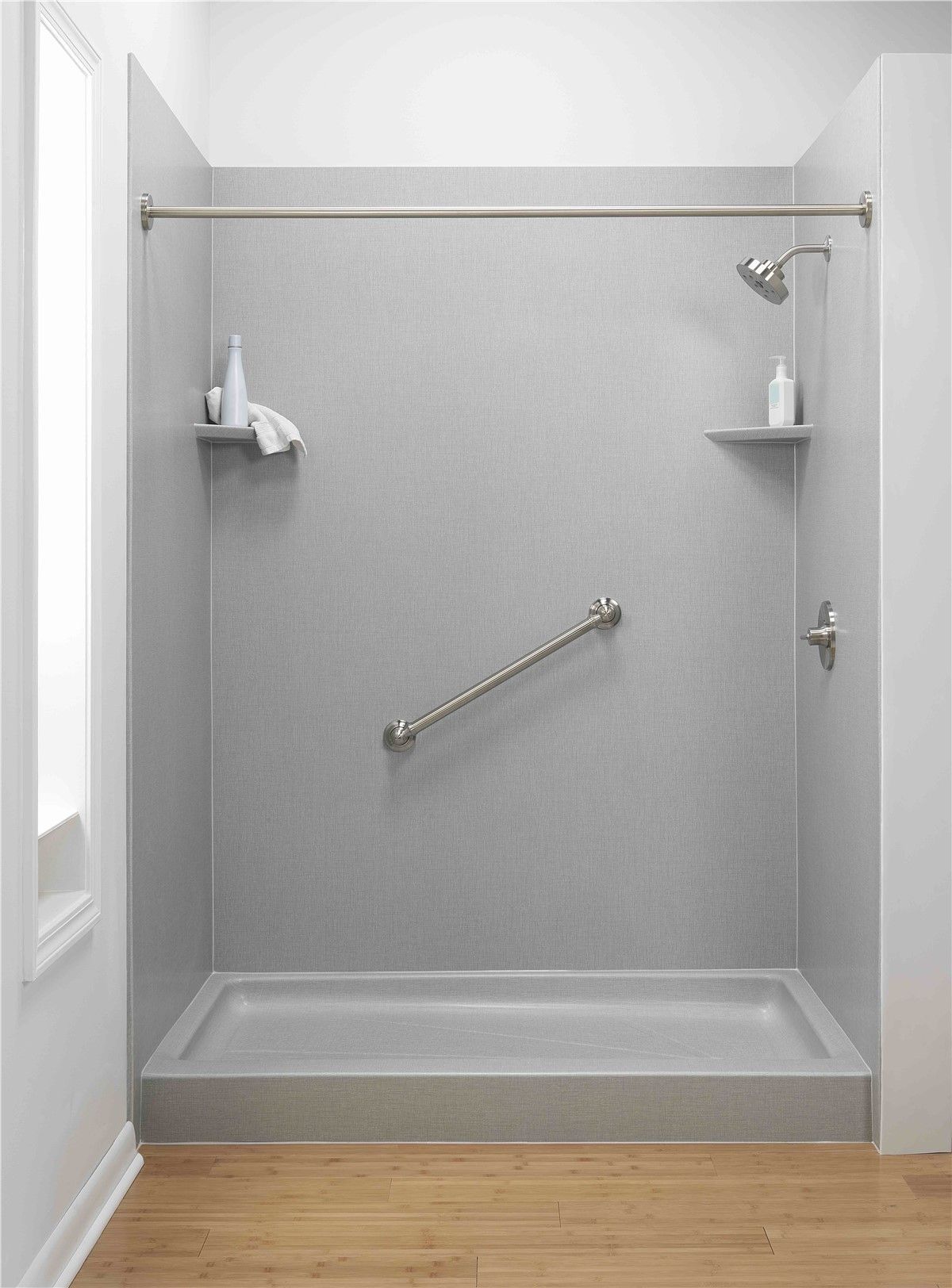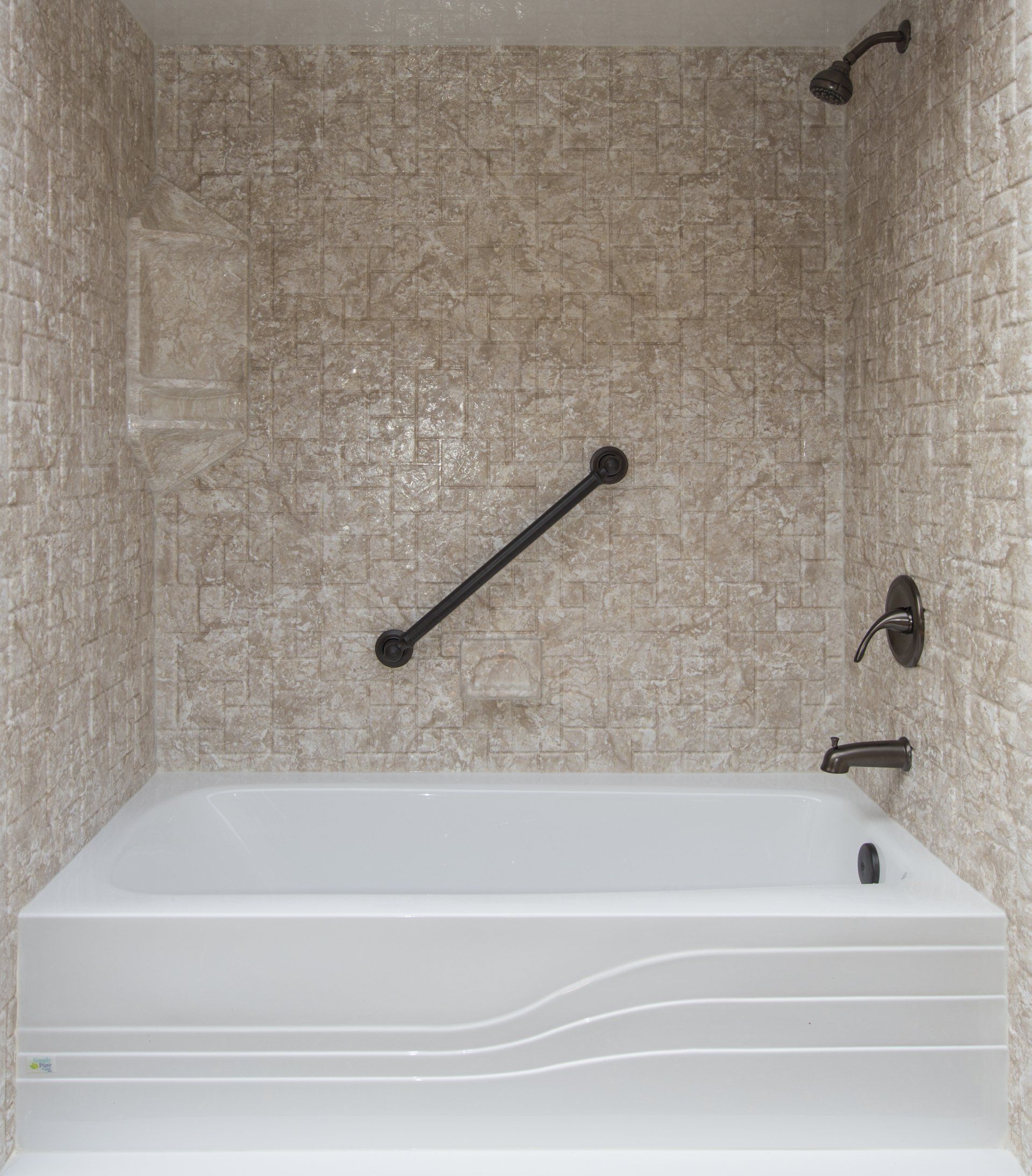The Real Costs of Walk-In Shower Installation: An In-depth Guide
Welcome to our comprehensive guide on the costs associated with installing a walk-in shower. If you’re considering a bathroom renovation that not only enhances the aesthetics of your home but also improves safety and accessibility, installing a walk-in shower might be just what you need. At Cloud 9 Tubs LLC, based in beautiful New Hampshire, we’ve turned countless bathrooms from hazardous zones into havens of comfort and safety.
Why Consider a Walk-In Shower?
Walk-in showers are not just a luxury; they are a crucial upgrade for many, especially for those planning to age in place. As the baby boomer generation ages, the importance of having a bathroom that is both functional and safe cannot be overstated. A walk-in shower eliminates the need to step over a high tub wall, reducing the risk of falls significantly.
Moreover, these installations can be a stunning focal point in your bathroom. With a variety of styles and finishes, walk-in showers offer a modern look while accommodating specific needs like wheelchair accessibility and easy cleaning.
What Factors Influence the Cost?
The cost of installing a walk-in shower can vary widely based on several factors. These include:
- Size and Layout of Your Bathroom: Smaller or irregularly shaped bathrooms might require more customization.
- Quality and Type of Materials Used: From luxury tiles to cost-effective acrylic, the materials you choose will significantly impact the overall cost.
- Complexity of Installation: The need to reroute plumbing or the addition of features like built-in seats or multiple shower heads can increase the cost.
- Local Labor Costs: Depending on where you live, the cost for labor can vary. In New Hampshire, we pride ourselves on providing exceptional service without the overhead costs associated with larger chains.
Installing a walk-in shower is an investment in your home and well-being. While upfront costs might seem high, the long-term benefits of safety, increased home value, and aesthetic appeal are invaluable.
Detailed Cost Breakdown of Walk-In Shower Installation
When planning for a walk-in shower installation, understanding the detailed costs involved can help you budget effectively and make informed decisions. Here’s a breakdown of what you might expect to spend when transforming your bathroom with a walk-in shower.
The Costs of Materials
- Shower Base: The foundation of your walk-in shower can range from simple prefabricated bases to custom tiled designs. Prices vary from $200 for basic options to over $1,000 for customized solutions.
- Wall Surrounds: Depending on the material—be it fiberglass, acrylic, or custom tile—the costs can range from $700 to several thousand dollars.
- Fixtures and Features: High-quality shower heads, faucets, and additional features like rain heads or body sprays can increase costs. Expect to spend $50 to $500 on fixtures alone.
- Glass Enclosure: A frameless glass door adds elegance and openness to any walk-in shower, with costs typically ranging from $900 to $2,000.
Installation Costs
Labor costs for installing a walk-in shower can be as varied as the materials chosen. On average, labor can account for about 50% of the total project cost. Here are some factors that can affect labor costs:
- Demolition and Removal: Removing old fixtures and preparing the space for new installations can add to the cost.
- Plumbing Adjustments: If moving pipes or installing new fixtures is necessary, this can significantly increase the labor involved.
- Specialty Installations: Features like custom tiling or the addition of accessibility options like grab bars and non-slip floors require skilled labor, which might add to the expense.
Comparing Costs: DIY vs. Professional Installation
While a DIY approach may seem cost-effective, it's important to consider the value of professional installation. Professionals ensure that the job is done correctly and within code, and their work often comes with warranties that DIY projects lack. Moreover, DIY can lead to costly mistakes that might surpass the cost of hiring a professional from the start.
Maximizing Your Investment in a Walk-In Shower
Investing in a walk-in shower is not only about paying for installation; it's about creating a space that enhances both the functionality and aesthetic appeal of your bathroom for years to come. Here are some strategies to ensure that your investment in a walk-in shower pays off in both the short and long term.
Choosing the Right Materials
Selecting the right materials is crucial for balancing cost, durability, and style:
- Tiles: Porcelain and ceramic tiles are popular for their durability and range of styles. While more expensive than some materials, they offer longevity and are easy to maintain.
- Acrylic and Fiberglass: These materials are more budget-friendly and offer ease of installation. They are lightweight and resist mildew and stains, making them practical choices for busy households.
- Natural Stone: For a touch of luxury, natural stone like marble or granite can be used, though it requires more maintenance and a higher initial investment.
Enhancing Functionality and Safety
A walk-in shower should be as functional as it is beautiful. Consider these additions to enhance its utility and safety:
- Built-in Seating: Ideal for those with limited mobility or who simply want a place to relax.
- Grab Bars: Essential for safety, grab bars should be installed where they can provide support when entering or exiting the shower.
- Anti-slip Flooring: Choose a floor material with good traction to reduce the risk of slips and falls.
- Adjustable Shower Heads: These add flexibility and accommodate users of different heights and preferences.
Sustainability and Efficiency
Opting for water-efficient fixtures not only saves money on water bills but also helps conserve this vital resource. Look for:
- Low-flow Shower Heads: These can significantly reduce water usage without compromising pressure.
- LED Lighting: If your walk-in shower includes lighting, LED options offer longevity and energy efficiency.
Long-term Value
A well-constructed walk-in shower can offer significant returns in terms of increased property value. Bathrooms are a key focus for home buyers, and a modern, accessible shower can make your property stand out in the competitive real estate market.
Moreover, the personal satisfaction and safety improvements it brings can't be overstated. Many of our clients at Cloud 9 Tubs LLC share stories of how their new walk-in showers have made their daily routines safer and more enjoyable.
Aesthetic Considerations for Walk-In Shower Designs
When incorporating a walk-in shower into your bathroom, the design and aesthetic aspects are just as important as functionality. Creating a visually appealing space that complements the overall style of your bathroom enhances your enjoyment and the overall value of your home. Here are some tips to help you design a walk-in shower that not only meets your needs but also elevates your bathroom’s style.
Aligning with Your Bathroom's Style
- Consistency is Key: Whether your bathroom features a modern, minimalist, rustic, or traditional decor, your walk-in shower should complement this style. Consistent design elements can create a seamless look that enhances the overall feel of the space.
- Color Scheme: Choose colors that match or enhance your current bathroom palette. Neutral colors like whites, grays, and beiges offer versatility and are popular for their calming effect.
- Accent Features: Consider adding a feature wall with accent tiles in a bold color or interesting pattern. This can serve as a focal point and add character to your bathroom.
Lighting and Visibility
Good lighting is crucial in a bathroom, especially around the shower area:
- Task Lighting: Ensure that there is adequate light for safety and functionality. LED recessed lights are a popular choice for their efficiency and minimalistic look.
- Ambient Lighting: Soft, indirect lighting can create a relaxing atmosphere, ideal for a spa-like bathroom experience.
- Accent Lighting: Highlight architectural features or artistic tiles with accent lighting to enhance the aesthetic appeal.
Customization for Personal Style
A walk-in shower offers numerous opportunities for customization:
- Glass Doors vs. Open Concepts: Choose between clear glass doors for a spacious feel or an open shower for an ultra-modern look with zero barriers.
- Shower Niches: Built-in niches for shampoos and soaps are not only practical but can also be styled with contrasting tiles to add an element of design.
- High-end Fixtures: Upgrade to luxury fixtures that match your bathroom’s fixtures for a cohesive and upscale look.
Integration with Bathroom Fixtures
Ensure that your new shower integrates well with existing fixtures and fittings. This includes matching the finish of taps, shower heads, and handles with other metal elements in the bathroom, whether stainless steel, brushed nickel, or matte black.
Creating a walk-in shower that is a true retreat requires a focus on both the practical and the aesthetic. By carefully selecting materials, lighting, and design elements that reflect your personal style and enhance functionality, your new shower will not only meet your daily needs but also become a highlight of your home.
The Installation Process for Your Walk-In Shower
The final step in upgrading your bathroom with a walk-in shower involves understanding the installation process. Knowing what to expect can help ensure that your bathroom transformation goes smoothly and is completed on time and within budget. Here at Cloud 9 Tubs LLC, we pride ourselves on efficient and high-quality installations. Let’s walk through the key stages of the installation process.
Initial Consultation and Planning
Your journey to a new walk-in shower starts with a personal consultation. This is where we discuss your needs, assess your bathroom, and provide detailed recommendations based on your space and budget. During this phase, we also cover design preferences and finalize material selections.
Preparation and Demolition
- Preparation: Before any actual work begins, we make sure to protect your home. Floor coverings and dust barriers are set up to minimize disruption and mess.
- Demolition: The old shower or tub is carefully removed, and any necessary adjustments to plumbing or electrical setups are made. This stage is crucial for preparing the groundwork for your new walk-in shower.
Installation of the Shower Base and Wall Surrounds
- Shower Base Installation: The base is installed first, ensuring it is level and securely fitted.
- Wall Surrounds: Whether you choose tile, acrylic, or another material, the walls of your shower are installed next. This includes waterproofing measures to prevent any future leaks.
Fixtures and Features Installation
All chosen fixtures, such as shower heads, faucets, and handles, are installed. This stage may also include the installation of additional features like grab bars, seating, or shelving, all tailored to your specific requirements and designed to enhance safety and convenience.
Final Touches and Clean-Up
Once everything is installed, the final touches are applied. This includes sealing, caulking, and cleaning up the installation area. We make sure everything looks perfect and functions flawlessly before the final walkthrough with you.
The Final Walkthrough
This is your opportunity to inspect the installation, understand how to maintain your new shower, and ask any last-minute questions. We ensure that you are completely satisfied with every aspect of your new walk-in shower.
After-Sales Support
At Cloud 9 Tubs LLC, our relationship with you doesn’t end at installation. We stand by our work with a lifetime warranty on all our installations and remain available for any questions or additional services you might need.
Your new walk-in shower isn't just a part of your daily routine; it's a long-term investment in your home and well-being. With our expert installation process and commitment to quality, you can rest assured that your bathroom will be a safer, more beautiful place for years to come. Ready to start your transformation? Contact us today to schedule your consultation and take the first step towards a stunning and safe bathroom upgrade.
Blog






